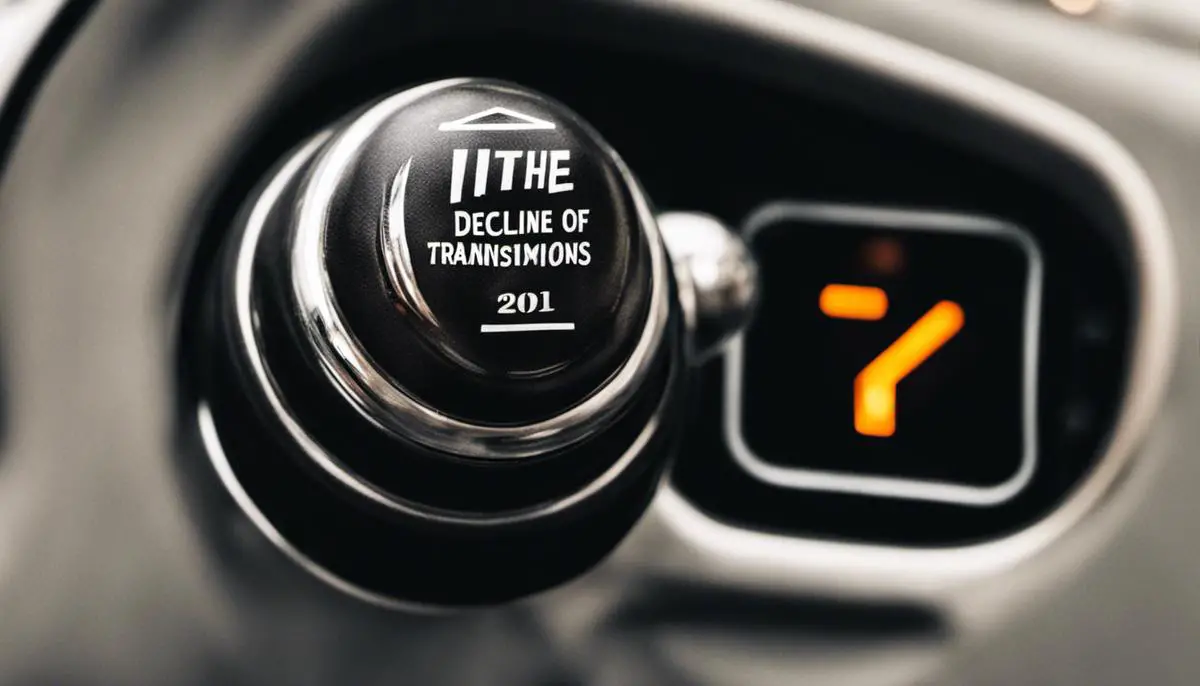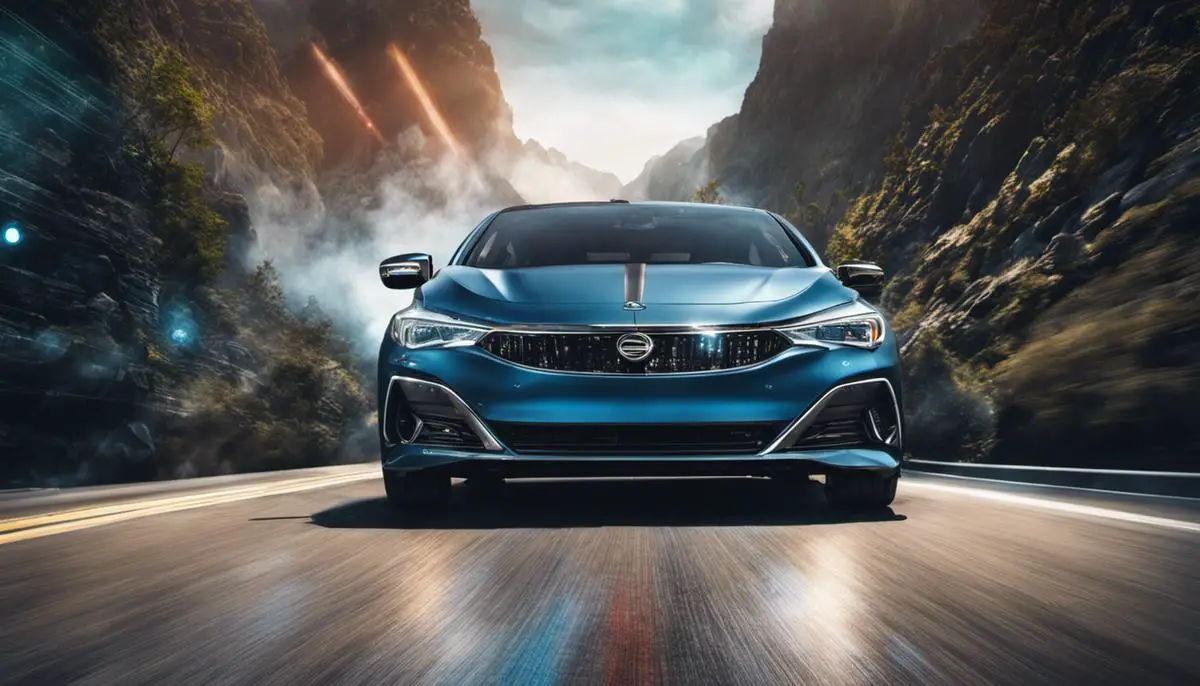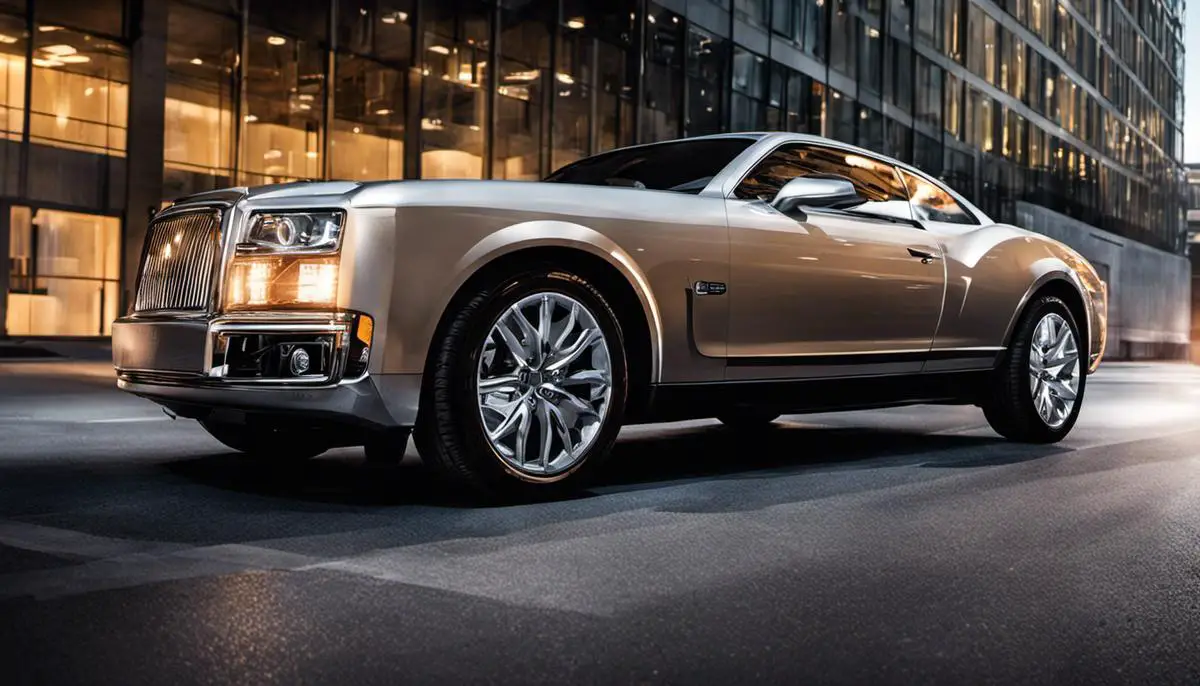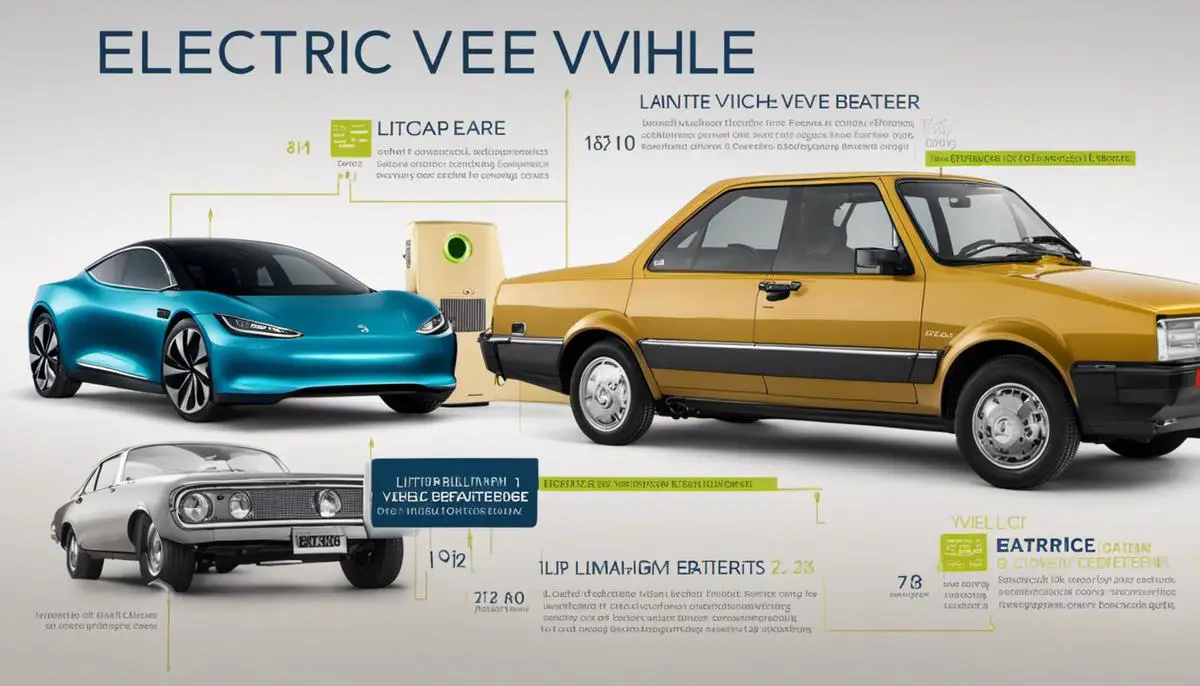As the world accelerates towards an era marked by technological proficiency, subtle shifts are manifesting within numerous industries – the automobile industry is no exception. One such change is the suspected decline in the popularity and production of manual transmissions, nudged aside by a growing consumer preference for automatic transmissions and the broadening embrace of automated technologies in vehicle designs. Despite this, a dedicated niche continues to underscore the appeal of the ‘stick shift,’ citing its unique mechano-technical advantages as reason enough to withstand the tides of change. This juxtaposition, set amidst the backdrop of electric and self-driving cars, creates the crux of an intriguing investigation into the fate of manual transmissions.
Contents
The Decline of Manual Transmissions

The Appeal of Stick Shifts
Unveiling the Unsung Advantages of Stick Shifts Amidst Technological Advancements
Undeniably, the rise of automation and electric vehicles has overshadowed the once-revered manual transmissions, commonly known as “stick shifts.” While this may seem like a tech enthusiast’s lament, it’s worthwhile to explore some unsung benefits that stick shifts offer, even in today’s convenience-focused and eco-conscious automotive landscape.
First and foremost, stick shifts imbue drivers with a high level of control over the vehicle, offering an unmistakably immersive and participatory driving experience. A car with a manual transmission effectively turns the driver into an artisan, crafting their driving experience with every gear shift. There’s considerable satisfaction to be found in operating a vehicle capable of instantly transforming gears at one’s discretion, especially for those who enjoy the “mechanics” of it all.
Secondly, durability is another benefit of stick shifts. Without the complex systems involving pumps, coolers, and a myriad of parts found in automatic transmissions, manual transmissions tend to be simpler and less prone to high-cost repairs. Fronting the initial costs of a manual vehicle may seem daunting, but they often represent a wise investment in terms of longevity and reliability, positioning stick shifts as a more economical option in the long haul.
Additionally, manual transmissions usually boast impressive fuel efficiency. They offer accomplished drivers the potential to conserve fuel by optimizing shift points. Although advancements in automotive technology are eroding this advantage, manual transmissions can still hold their ground in fuel efficiency battles against their automatic counterparts under specific conditions.
On a more anecdotal note, stick shifts have long proven themselves to be effective theft deterrents. As the number of manual transmissions dwindles, fewer potential car thieves possess the skills required to operate them. Hence, owning a stick shift vehicle could indirectly increase its security to a certain degree.
Finally, given the rise of autonomous vehicles and the push towards integrated, sustainable travel solutions, one might wonder why anyone would still consider a manual transmission. The answer lies in the unique potential for car enthusiasts seeking an undiluted, unadulterated driving experience. Stick shifts aren’t merely a machinery; they can become co-conspirators in forging memorable journeys and adventures on the open road.
In conclusion, while there’s no denying the conveniences and advancements brought forth by automated transmissions and electric vehicles, it’s safe to say that manual transmissions or stick shifts, though seemingly dwindling, still have compelling benefits to offer both to everyday drivers and car enthusiasts. Love it or hate it, the manual transmission remains an enthralling piece of engineering that has the ability to transform the mundane act of reaching a destination into an engaging, interactive driving journey.
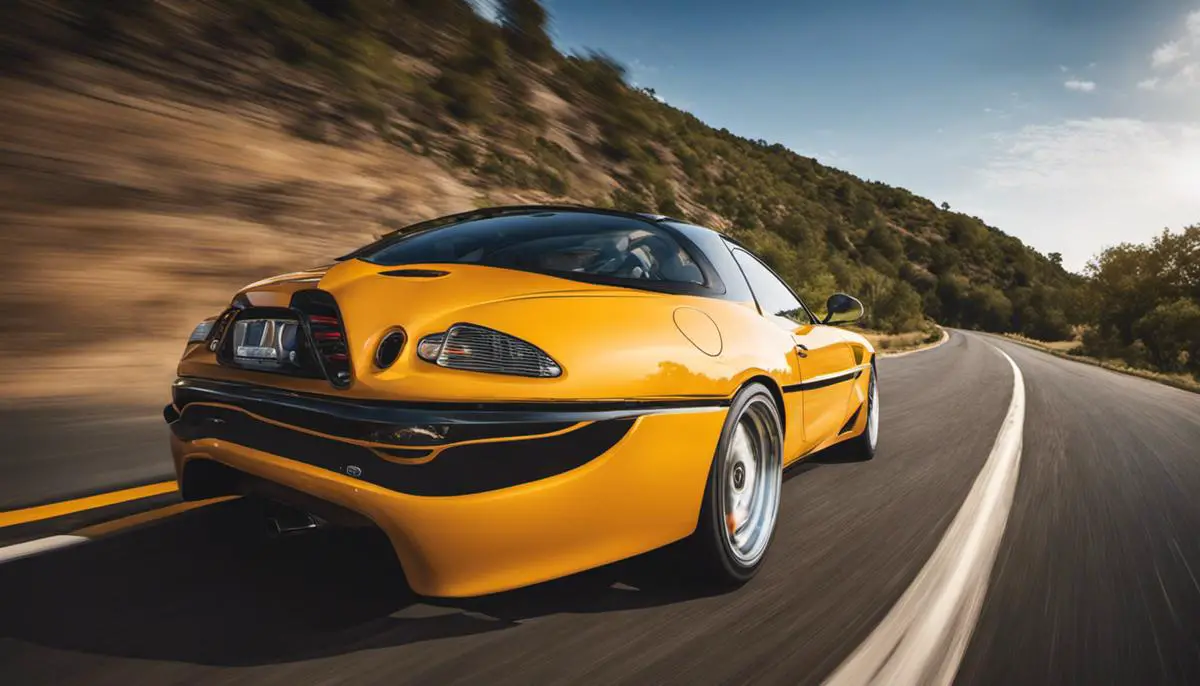
Automation and the Future of Cars
Unquestionably, automation is playing a pivotal role in reshaping the auto industry, bringing forth solutions which were inconceivable just a few decades back. Lately, we’ve seen a substantial shift towards full-fledged automation. It’s not just about replacing manual transmissions or simplifying the driving experience anymore, it’s about unveiling a world where cars operate without drivers – where automation takes complete control.
The disruptive force of Artificial Intelligence (AI) is driving this transformative trend. In fact, several auto manufacturing giants are currently experimenting with AI-enabled autonomous vehicles. This ground-breaking technology goes far beyond the capabilities of simple automatic transmissions; it encompasses sophisticated sensors, complex algorithms, advanced machine learning tools, and robust computing power to replicate and even surpass human cognitive functions such as understanding, reacting, and predicting.
Vehicle-to-Everything (V2X) technology is another revolutionary development spearheaded by automation. This includes Vehicle-to-Vehicle (V2V) and Vehicle-to-Infrastructure (V2I) technologies, enabling the car not just to drive itself, but also to communicate and exchange data with other vehicles and infrastructure in real-time. This development is set to enhance road safety and traffic management, significantly reducing accidents and improving commuter’s lives.
Additionally, automation is encouraging the growth of shared mobility solutions like Uber and Lyft. These ride-sharing platforms are leveraging automation to enhance their services and efficiently manage their fleets. A future where self-driving, electric taxis dominate urban transportation is becoming less of a sci-fi dream and more of a nearer reality.
However, the shift towards automation isn’t free from challenges. It is true that the elimination of manual transmissions may reduce the complexity of driving, but it also raises challenging questions. One of the pivotal concerns is machines’ reliance on fail-safe operations. How would an auto-drive system respond to an unpredicted scenario or a sudden failure? Just like any tech, machines can also face malfunctioning. Planning for worst-case scenarios and ensuring utmost safety remains a boundless and complex challenge.
Adopters of the new technology also need to accommodate massive changes in law and policy addressing liability issues, data privacy, cybersecurity, and more. Cybersecurity, being the foundation of these automated systems, remains a critical concern. Mitigating these concerns with robust and fail-safe technology will constitute a primary area of focus for auto industry leaders.
In conclusion, the extraordinary progress in automation technology spells a future of profound changes for the auto industry. As the world becomes increasingly automated, the auto industry will undoubtedly have to adapt and innovate. It’s safe to say, the automotive world is on the verge of an unprecedented revolution, and it’s not just about automatic or manual transmissions, it’s about moving towards an age of sustainable, efficient, and fully automated transportation. Change can be challenging but, for technology enthusiasts, it’s an exciting time to be alive.
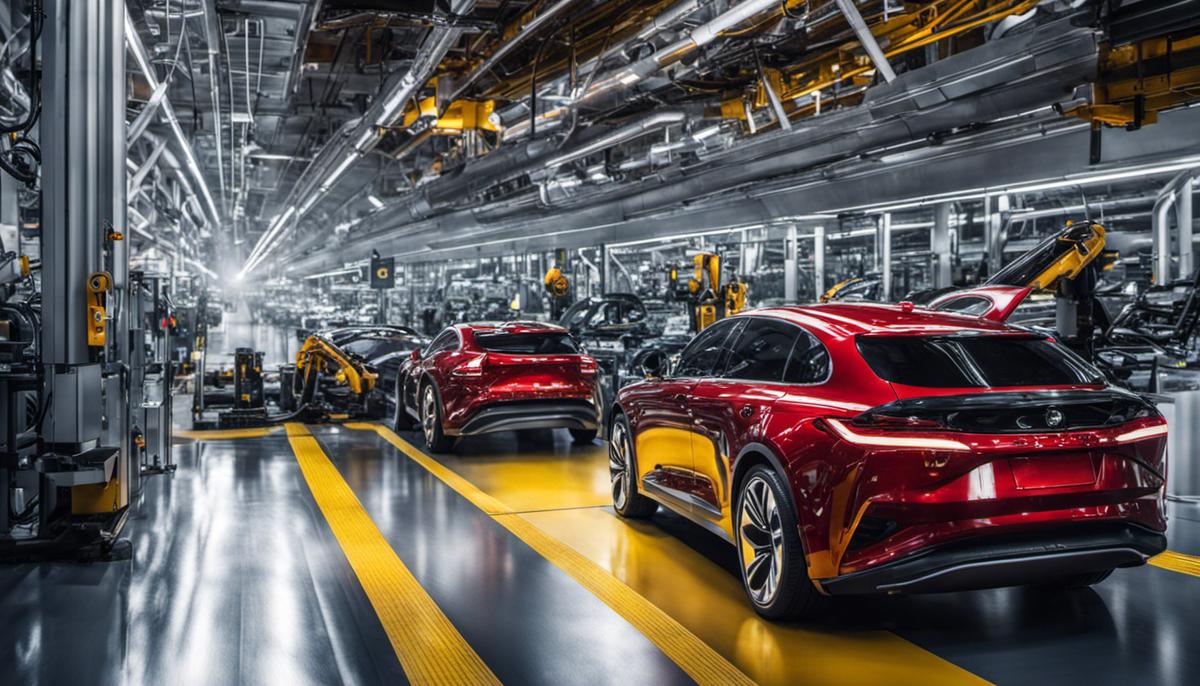
As the automobile industry rides the crescendo of technological advancement, manual transmissions may appear like an antiquated phenomenon struggling to hold its ground. The entire landscape, from consumers’ inklings to manufacturers’ blueprints, is tilting towards automation and convenience. Yet, amidst this flux, the stick shift continues to fascinate a section of enthusiasts, owing to its unique advantages and the sheer thrill of control. With electric and autonomous vehicles poised at the threshold of mainstream adoption, the balance may further sway. Nevertheless, manual transmissions, despite their diminishing footprint, carry an undeniable charm and a heritage that continues to resonate within the evolving melody of the auto industry.
